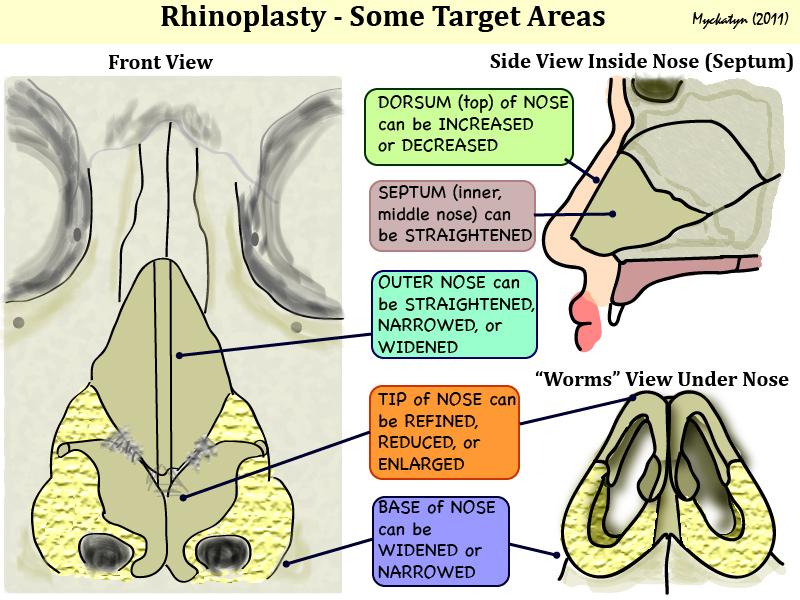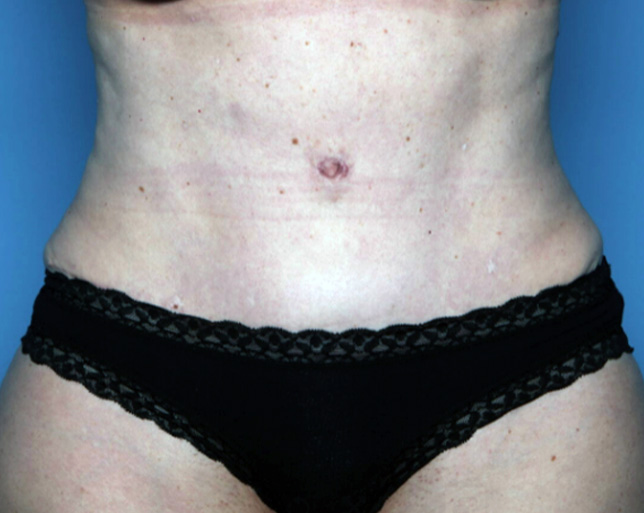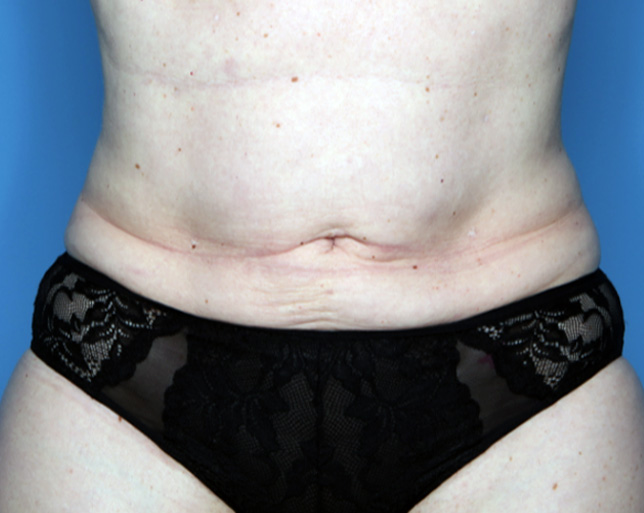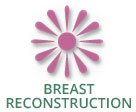WHAT ARE THE DIFFERENCES BETWEEN AN 'OPEN' AND 'CLOSED' RHINOPLASTY?
A nose job, or rhinoplasty, can be approached using either an open or closed technique. The closed technique is performed using incisions that are exclusively made within the inside of the nose. The cartilage framework of the nose is “delivered” through these small incisions within the nose and manipulated as required.

An open rhinoplasty is performed through an incision that extends from the inner margins of the nostrils and crosses the columella, or external undersurface of the nose. Using this well-concealed incision, the entire framework of the nose can be visualized and sculpted as required.
The following table outlines the advantages and disadvantages of these approaches:
| Closed Rhinoplasty | Open Rhinoplasty | |
| Visualization | Variable | Excellent |
| Swelling after surgery | Less | More |
| Ability to sculpt the nose | Moderate | Excellent |
| Visibility of scar | Not visible | Only seen from undersurface |

Dr. Terry Myckatyn and
Dr. Marissa Tenenbaum:
Trusted. Experienced. Committed.
In general, more complex rhinoplasties that require the addition of cartilage and significant manipulation of the shape of the nose are done with an open approach whereas rhinoplasties that require less manipulation are done using the closed approach. Revision rhinoplasties, in which a previous rhinoplasty was already performed, are often done using the open approach.
Rhinoplasty can be done to reduce a nasal hump or bump, straighten the nose, refine the tip of the nose, decrease the length or size of the nose or for other reasons. Certain maneuvers can also be done to help improve breathing.
If you have questions or would like to book a consultation with one of the surgeons at West County Plastic Surgery, please call (314) 996-8800.













